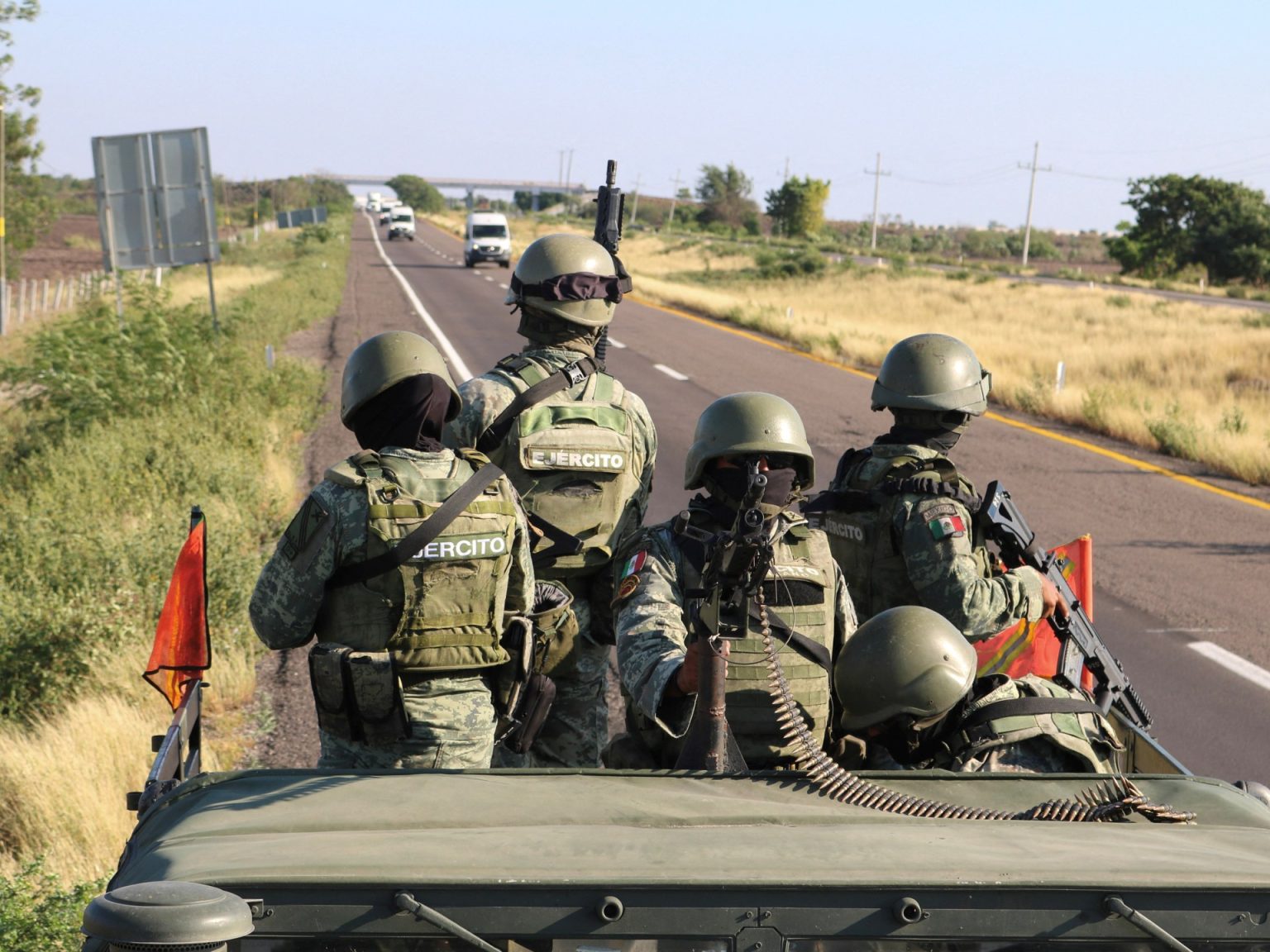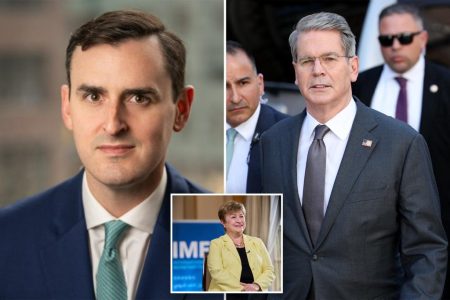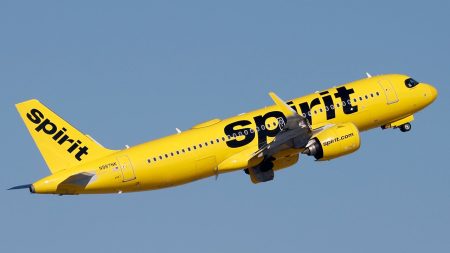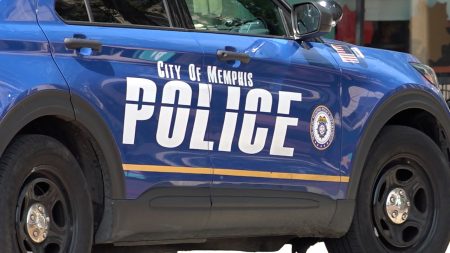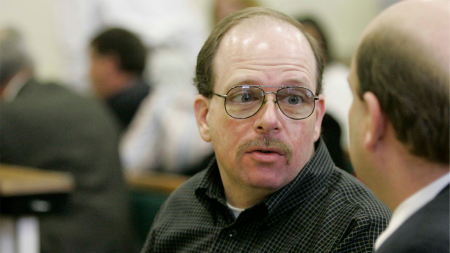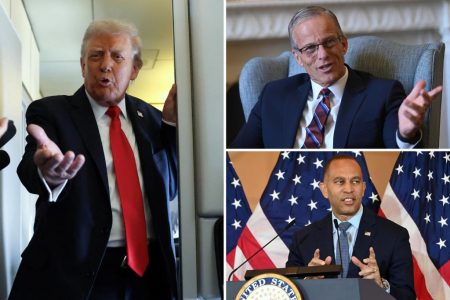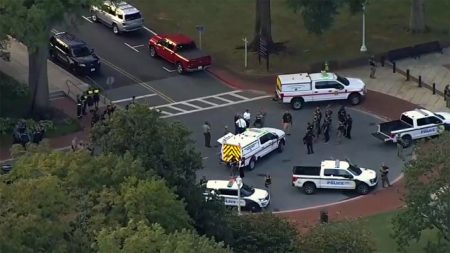Violence has surged in Sinaloa since the arrest of the cartel’s co-founder Ismael Zambada in July. In response to an attack by over 30 gunmen in Culiacan, the Mexican military killed 19 suspected members of the Sinaloa cartel. The Ministry of National Defense stated that the violence has intensified following Zambada’s arrest and that the cartel members killed were likely linked to his faction. One local cartel leader, Edwin Antonio “N,” was arrested during the shootout, while the other gunmen fled the scene. Military seized several firearms, vehicles, and military equipment during the operation.
The arrest of Ismael Zambada and Joaquin Guzman Lopez in July marked a significant development in the ongoing battle against drug trafficking in Mexico. Zambada accused Guzman Lopez of kidnapping him and handing him over to US law enforcement. Guzman Lopez, the son of “El Chapo,” is facing charges of drug trafficking in a Chicago federal court, while “El Chapo” himself is serving a life sentence in the US. Zambada, on the other hand, pleaded not guilty to drug trafficking, murder, and other charges in a New York court. The arrest of these high-profile cartel members has led to increased gang violence in Sinaloa.
Sinaloa has witnessed a sharp rise in gang violence since early September, with over 200 people killed and more than 300 others missing. Much of this violence is linked to drug trafficking and gang activity, with over 450,000 people murdered in Mexico since 2006. The ongoing power struggle within the Sinaloa cartel, exacerbated by the arrest of key leaders, has led to a spike in violence in the region. The Mexican military’s operation against cartel members in Culiacan is just one instance of the conflict playing out on the streets of Sinaloa.
The involvement of the US in the arrest and prosecution of cartel members further highlights the interconnected nature of drug trafficking and gang violence in Mexico. With key cartel leaders facing charges in US courts, the crackdown on the drug trade is not limited to Mexican authorities alone. The US government’s role in taking down major players in the Mexican drug trade underscores the international cooperation required to tackle transnational criminal organizations. The arrests of Zambada and Guzman Lopez are part of a broader effort to disrupt the operations of the Sinaloa cartel and stem the tide of violence in Mexico.
The ongoing violence in Sinaloa and other parts of Mexico underscores the challenges faced by law enforcement in tackling drug trafficking and organized crime. The cartels, with their vast resources and networks, pose a formidable threat to the stability and security of the region. The high death toll and number of missing persons in Sinaloa are a stark reminder of the human cost of the drug trade. Addressing the root causes of drug trafficking, such as poverty, corruption, and lack of opportunities, is essential to breaking the cycle of violence in Mexico.
Despite the efforts of law enforcement agencies in Mexico and the US, the battle against drug trafficking and organized crime in Mexico is far from over. The arrest of key cartel leaders may disrupt their operations in the short term, but new leaders often emerge to fill the power vacuum. The cycle of violence and instability in Mexico is likely to continue unless comprehensive measures are taken to address the systemic issues fueling the drug trade. International cooperation, investment in social programs, and improved security measures are essential to combating drug trafficking and bringing peace to the region.




